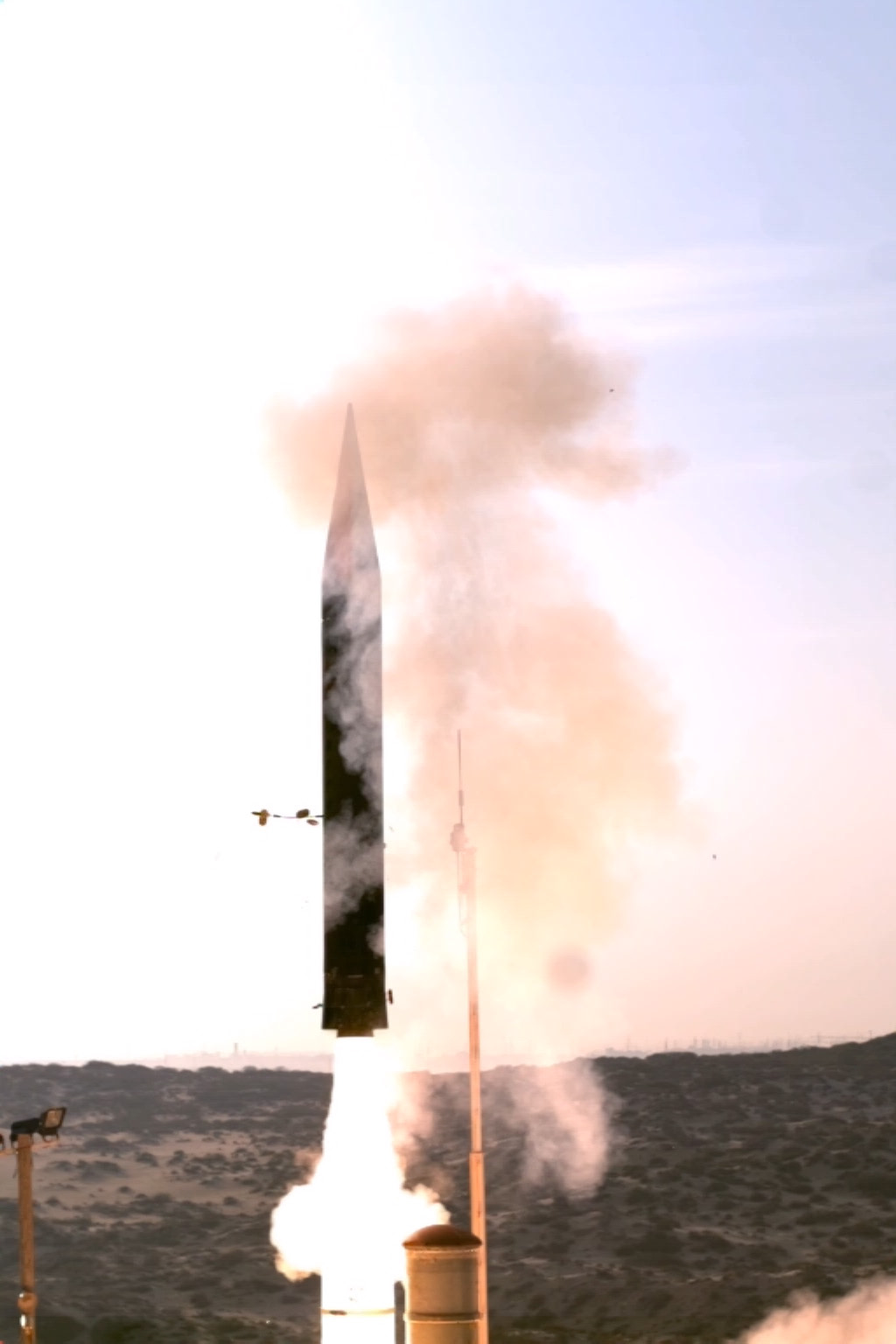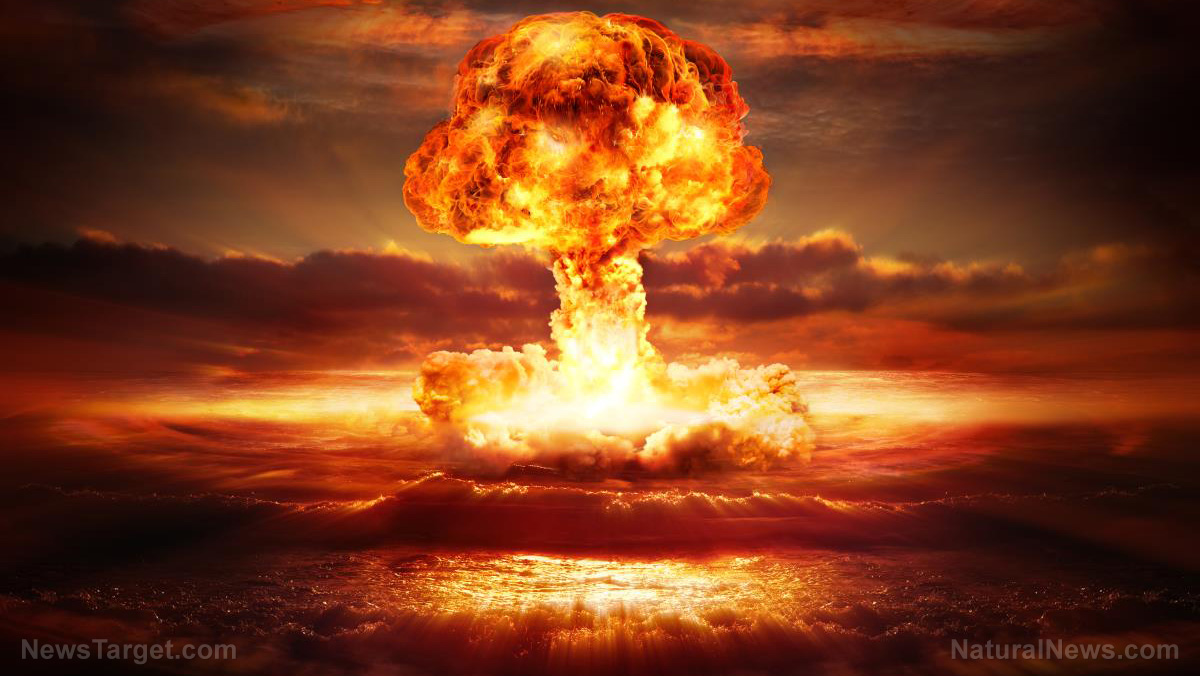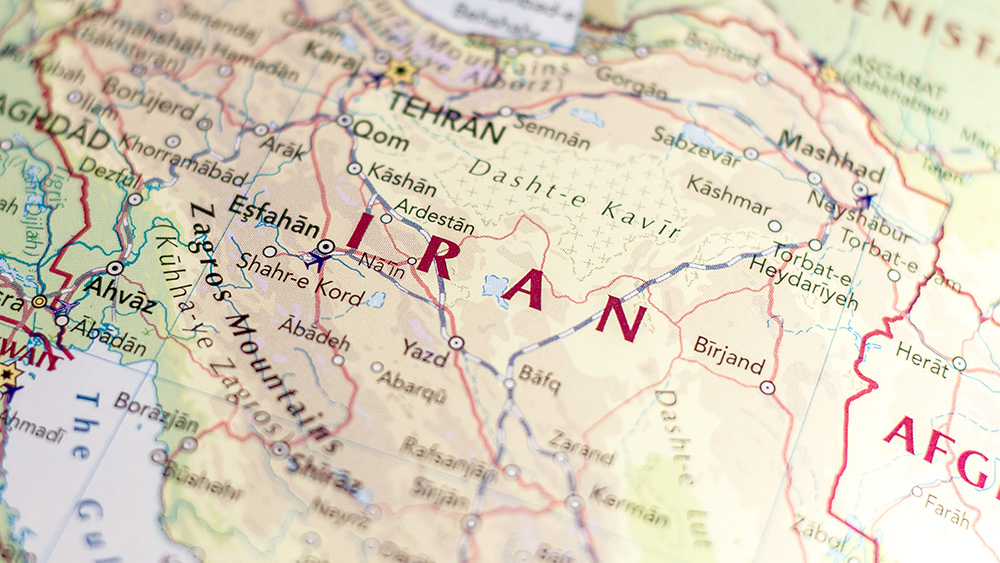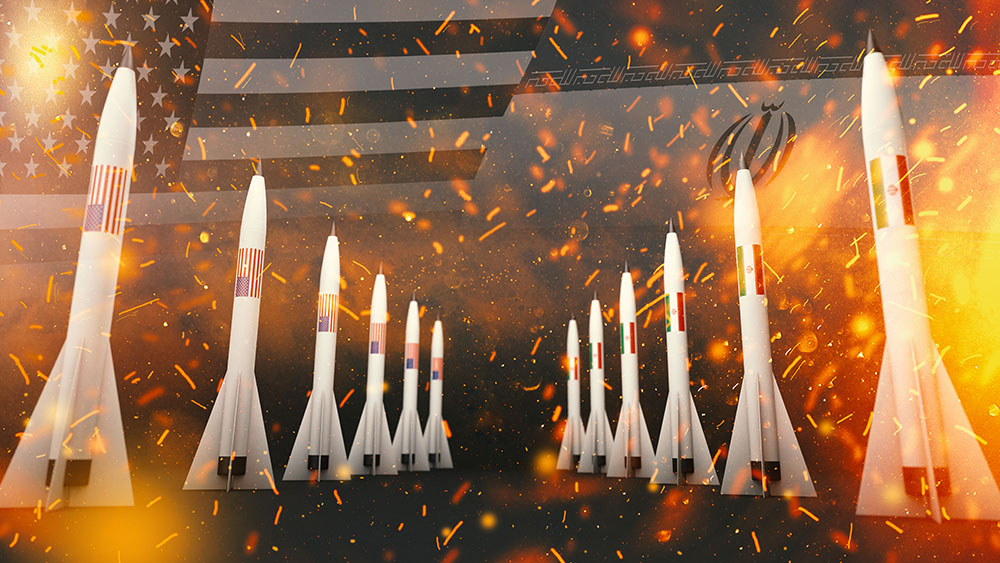 Parler
Parler Gab
Gab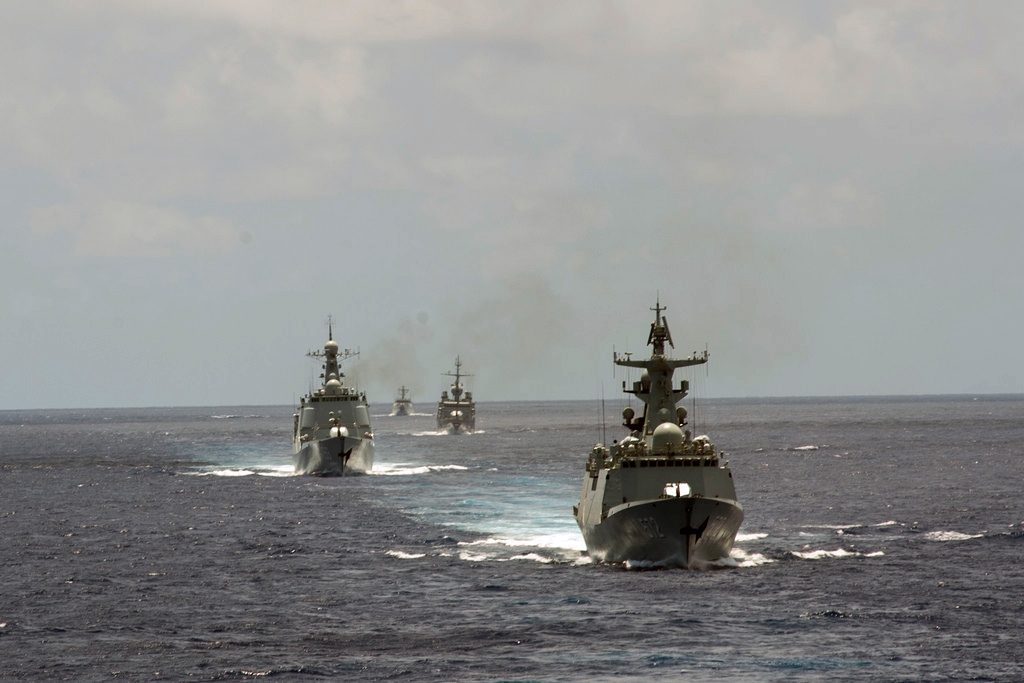
- On June 7, the Chinese Navy conducted exercises with its two active-duty aircraft carriers, the Liaoning and the Shandong, in the Pacific Ocean east of Iwo Jima, marking the first time both carriers operated together beyond the First Island Chain.
- The exercise demonstrated China's expanding naval capabilities and its ambition to challenge the existing power dynamics in the western Pacific, with ongoing construction of additional carriers like the Fujian.
- The U.S., with its 11 active nuclear-powered carriers, views China's naval expansion as a potential threat, particularly regarding Taiwan, and is concerned about the implications for regional stability and American interests.
- Japan, a key U.S. ally, is responding to China's buildup by developing its own carrier program, while NATO is increasing its presence in the Western Pacific, reflecting broader concerns about China's military ambitions.
- The deployment of Chinese carriers complicates U.S. efforts to support Taiwan and signals a new era of naval competition in East Asia, underscoring the need for public awareness and strategic vigilance in the region.
Regional and global responses
Japan, a key U.S. ally, has responded to China's naval buildup by initiating its own carrier program. Japan is constructing its first small aircraft carriers since World War II, capable of carrying U.S.-made F-35B stealth fighters. This move reflects Tokyo's growing concern over Beijing's military ambitions and its desire to enhance its own defensive capabilities. The involvement of other Western powers in the Pacific further complicates the situation. NATO, traditionally focused on the North Atlantic and Europe, is now expanding its presence in the Western Pacific. Last August, Bloomberg reported that NATO is sending warships to more locations in the region, a move that China views as a potential threat to its security. The deployment of the Italian aircraft carrier Cavour to the Pacific, accompanied by an Italian frigate, and their joint exercises with the USS Abraham Lincoln near Guam exemplify the growing interest of European nations in the Pacific theater. This development has raised eyebrows in Beijing, which is wary of NATO's expanding influence in its backyard. The deployment of Chinese aircraft carriers into the Pacific marks a significant milestone in the evolving naval landscape of East Asia. As China continues to modernize and expand its navy, the region is witnessing the emergence of a new era of competition. The United States and its allies must navigate this changing environment carefully, balancing the need to maintain regional stability with the realities of a more assertive China. The question of whether most Americans can locate Taiwan on a map may seem trivial, but it underscores a broader issue: the need for greater public awareness and understanding of the strategic importance of the Pacific region. As the world's supply of semiconductors and other critical resources hangs in the balance, the stakes are high and the world is watching. Watch the video below that talks about China criticizing U.S. for inciting tensions following Hegseth's warning to allies. This video is from the NewsClips channel on Brighteon.com.More related stories:
China's rare earth move threatens U.S. military and tech dominance. A communist billionaire's land grab shakes military security. U.S. military presence in Taiwan far larger than previously disclosed, retired admiral reveals.Sources include:
ZeroHedge.com NYTimes.com Bloomberg.com Brighteon.comWar as cover for financial collapse: How Middle East conflict could accelerate dollar’s demise
By Finn Heartley // Share
BRICS nations forge new world order as west’s economic collapse accelerates
By Finn Heartley // Share
The specter of a NUCLEAR WORLD WAR 3 looming large on the June horizon
By News Editors // Share
Israel’s unprecedented offensive on Iran signals regime change plot, backed by US war hawks
By Lance D Johnson // Share
Governments continue to obscure COVID-19 vaccine data amid rising concerns over excess deaths
By patricklewis // Share
Tech giant Microsoft backs EXTINCTION with its support of carbon capture programs
By ramontomeydw // Share
Germany to resume arms exports to Israel despite repeated ceasefire violations
By isabelle // Share

